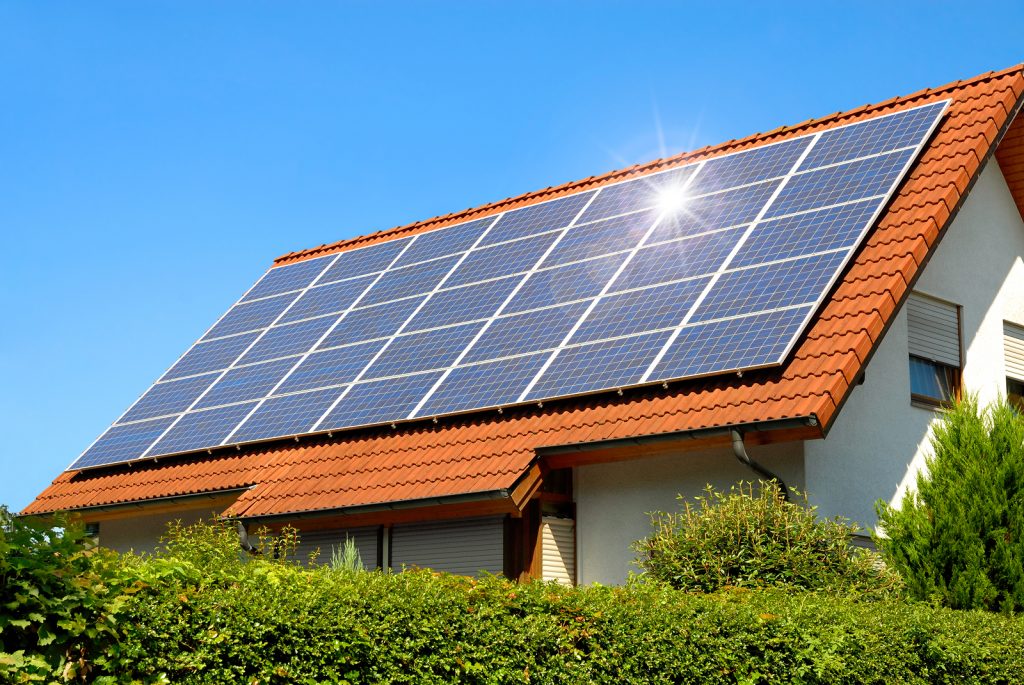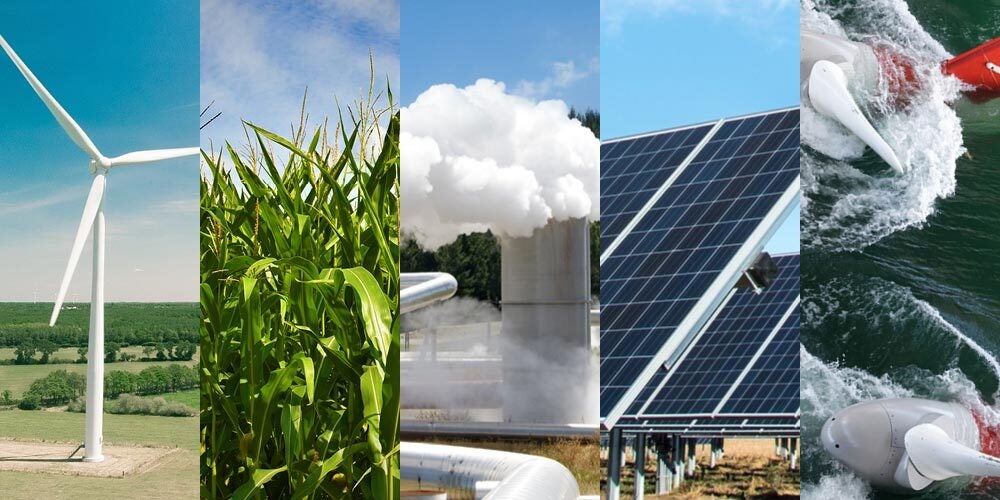Without the existence of energy resources, humanity will cease to exist. In a world where everything is reliant on energy, a resource of energy can be fundamentally bifurcated into two subgroups. These are renewable and nonrenewable resources. In this exclusive article, we are only interested in the definition of renewable resources.
However, I will still clear some air regarding the basic difference between renewable and nonrenewable resources. See, the basic difference between renewable and nonrenewable energy resources is that the former is renewed or restored by nature over a period of time.
On the other hand, the latter does not get renewed or restored by nature. In any case, if the latter is renewed by nature, it would take thousands or millions of years to be fully renewed or restored by nature itself.
What are Renewable Resources?
By definition, renewable resources are an eco-friendly power source that implies energy that is practical, something that can’t track out or is unending, similar to the sun. At the point when you hear the term ‘substitute energy, it’s generally alluding to renewable energy sources as well.
It implies wellsprings of energy that are options in contrast to the most normally utilized non-supportable sources – like coal. Renewable power is blasting, as advancement cuts down expenses and begins to follow through on the guarantee of a spotless energy future.
American sun-based and windage are breaking records best to coordinate into the public power framework without compromising unwavering quality. This implies that renewables are progressively dislodging “messy” fossil fuel in the force area, offering the advantage of lower outflows of carbon and different kinds of contamination.
Renewable Energy – Power of Life
While renewable power is regularly considered by another innovation, outfitting nature’s force has for quite some time been utilized for warming, transportation, lighting, and the sky is the limit from there. The wind has fueled boats to cruise the oceans and windmills to pound grain.
Similarly, the sun has given warmth during the day and ignited flames to endure into the evening. Yet, in the course of recent years or somewhere in the vicinity, people progressively went to economically, dirtier energy sources like coal and explored gas.
Since we have progressively creative and more affordable ways of catching and holding wind and sunlight-based energy, renewables are turning into a more significant force source, representing more than one-eighth of U.S. age.
The extension in renewables is likewise occurring at scales enormous and little, from housetop sunlight-based chargers on homes that can sell power back to the framework to monster seaward wind ranches.
Editor’s Choice: Top 6 Different Forms of Energy with Their Examples (All New)
Let’s Talk Solar

The greatest benefit of introducing housetop solar panels is that they offer expense investment funds. The tariff rates for housetop sun based in contrast with recent and industrial tariff rates are less expensive by 17% and 27% individually.
Housetop solar formations are likewise accomplishing network equality in numerous private areas of India. For building proprietors, housetop solar establishments you can reduce the electricity bills with the use of solar panels.
Rooftop boards supply power to structures, so they required acquiring less power by the grid. So, accordingly saving money on energy costs. Power costs last to vacillate now and again. Along these lines, it is hard to work out the use of power for a specific timeframe.
Editor’s Choice: Top 6 Disadvantages of Solar Energy (Explained)
Examples of Renewable Resources
If you think you can’t relate to examples of renewable resources in everyday life. Well, here is your chance to think again!
- Wind Energy
- Biomass Energy
- Hydro Energy
- Tidal Energy
- Solar Energy
- Geothermal Energy
Advantages of Renewable Resources
There can be so many advantages of renewable resources. Some of them are listed below:
- By definition, Renewable resources are renewed by nature over time.
- They are abundant in nature.
- They are environment friendly, etc.
Disadvantages of Renewable Resources
Some of the disadvantages of renewable resources are:
- Renewable energy resources require a large area to function properly.
- Renewable energy resources are not efficient in producing energy on a large scale.
- Upfront and installation cost is high, etc.
Environmentally friendly power realities:
- Solar PV could represent 5% of worldwide interest by 2020 and up to 9% by 2030.
- In the year 2050, our energy requirements should reach 95% sustainable power.
- Price Waterhouse Cooper forecasts that Africa couldn’t path on 100% sustainable power by 2050.
- Over the most recent forty years, the cost of solar PV boards has failed almost 100%.
- A US study displayed that renewable power produces multiple times a greater number of works than fossil fuel.
- Not to mention, investment in renewable energy power has outperformed fossil fuel speculation. The worldwide renewable power market is currently worth more than $250 billion.
Editor’s Choice: Top 6 Primary Sources of Electricity Generation in the World
That’s it for this post. If you like this article, share it if you like, like it if you share it. You can also find us on Mix, Twitter, Pinterest, and Facebook. Hey man, If you have come this far, do give us feedback in the comment section. It would make my day. You can also make a donation. Your donations will help us to run our website and serve you BETTER. Cheers!!!
